fir floor painting prep
changingitup
12 years ago
Related Stories
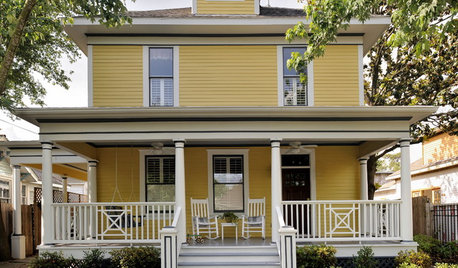
GARDENING AND LANDSCAPING12 Ways to Prep the Porch for Summer
Small Floor-to-Ceiling Projects for Your Front-Yard Perch
Full Story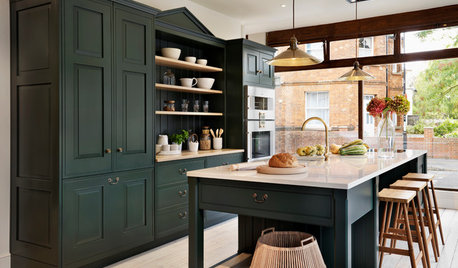
SELLING YOUR HOUSEKitchen Ideas: 8 Ways to Prep for Resale
Some key updates to your kitchen will help you sell your house. Here’s what you need to know
Full Story
SELLING YOUR HOUSEFix It or Not? What to Know When Prepping Your Home for Sale
Find out whether a repair is worth making before you put your house on the market
Full Story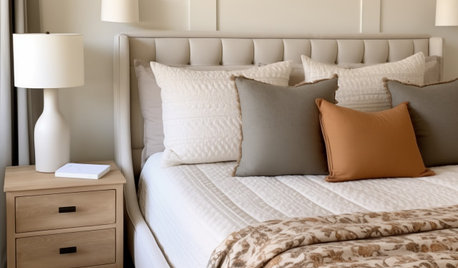
MONTHLY HOME CHECKLISTSYour Checklist for Quick Houseguest Prep
Follow these steps to get your home ready in a hurry for overnight visitors
Full Story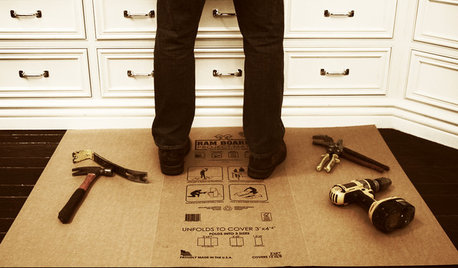
BATHROOM DESIGNOut With the Old Tile: 8 Steps to Prep for Demolition
This isn't a light DIY project: You'll need heavy-duty tools and plenty of protection for your home and yourself
Full Story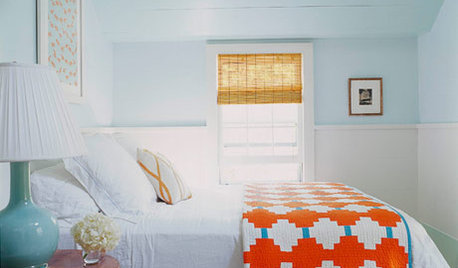
ENTERTAININGGenius Home Prep: A Guest Room in a Box
No dedicated guest room? Make hosting overnighters easier by keeping the essentials in one place
Full Story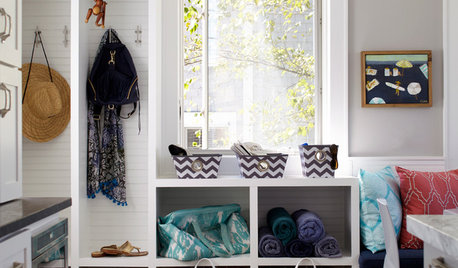
LIFEHow to Prep Your Home for Summer Fun
Create a relaxed, beach-ready vibe with these ideas that let good times roll
Full Story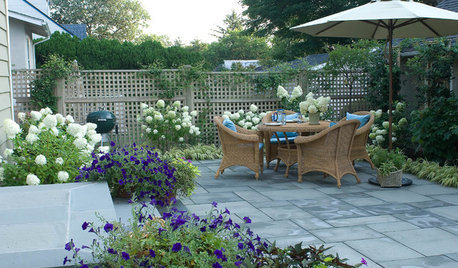
GARDENING AND LANDSCAPINGGet It Done: Clean and Prep the Patio
Haul out the hose and bid cobwebs farewell. It's time to renew your outdoor room for relaxing, dining and entertaining
Full Story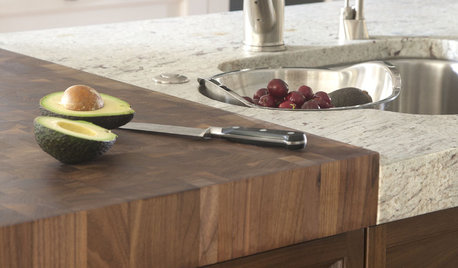
KITCHEN DESIGNKitchen Counters: Try an Integrated Cutting Board for Easy Food Prep
Keep knife marks in their place and make dicing and slicing more convenient with an integrated butcher block or cutting board
Full Story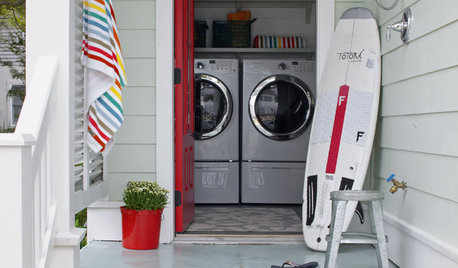
GARDENING AND LANDSCAPINGGet a Jump on Summer Prep for Home and Garden
Pick from these 16 things to do now — from hanging a hammock to bug-proofing screens — to maximize summer's sweetness
Full StoryMore Discussions








renovator8
karinl
Related Professionals
Corcoran Kitchen & Bathroom Designers · Agoura Hills Kitchen & Bathroom Designers · Hillsboro Kitchen & Bathroom Designers · Verona Kitchen & Bathroom Designers · Beachwood Kitchen & Bathroom Remodelers · Boca Raton Kitchen & Bathroom Remodelers · Brentwood Kitchen & Bathroom Remodelers · Deerfield Beach Kitchen & Bathroom Remodelers · Elk Grove Village Kitchen & Bathroom Remodelers · Gardner Kitchen & Bathroom Remodelers · Sioux Falls Kitchen & Bathroom Remodelers · Thonotosassa Kitchen & Bathroom Remodelers · Vashon Kitchen & Bathroom Remodelers · Hockessin Architects & Building Designers · Washington Architects & Building DesignerschangingitupOriginal Author
oldhousegal
powermuffin
columbusguy1
karinl
changingitupOriginal Author
karinl